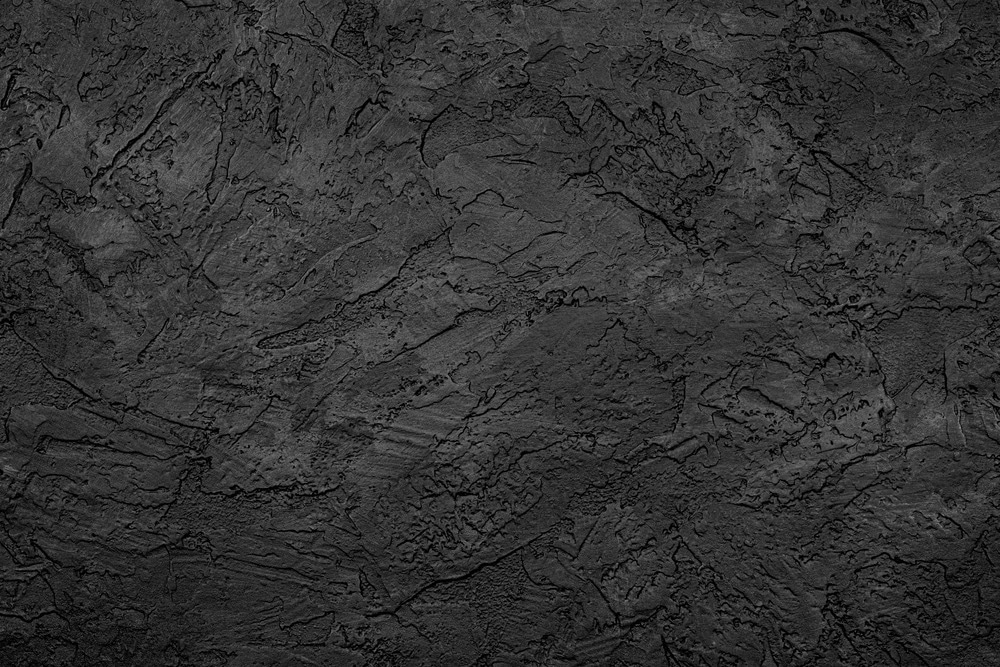Selenium nanoparticles (NPs) are a good choice for biological and electrochemical sensing applications due to their low toxicity. In an article published in the journal ACS Applied Nano Materials, a simple chemical bath deposition approach was used to modify a pencil graphene electrode with selenium nanoneedles.

Study: Selenium Nanoneedles Deposited on a Pencil Graphite Electrode for Hydrazine Sensing. Image Credit: Dyfrain/Shutterstock.com
Using the fabricated sensor for electrochemical sensing of hydrazine in real-world samples produced positive outcomes with a return rate of 96.9%. This study brought to light the advantages of producing customized pencil graphite electrodes (PGEs) for hydrazine sensing using a simple chemical bath deposition process.
Hydrazine and its Disadvantages
Dinitrogen tetrahydride is a polar inorganic chemical that is commonly referred to as diamine or hydrazine. It is a potent reducing agent used as a pesticide, heterogeneous catalyst, propellant ingredient, and preservative in medical, agricultural, aviation, and food processing industries.
Irrespective of its commercial importance, even in tiny doses, it is a hazardous chemical that poses a major concern due to its cancerous and mutagenic properties. Hydrazine has been classified as a carcinogen and neurotoxin in humans.
Hydrazine is harmful to the liver, kidneys, and brain, and can even cause respiratory failure. Detecting its concentration in aqueous solutions is, therefore, critical.
Electrochemical Analysis Methods
Compared with traditional approaches, electrochemical sensing is appealing since it is a simple, inexpensive, and extremely sensitive procedure that does not involve heavy apparatus or knowledge.
Electrochemical sensing allows on-site evaluation without requiring sophisticated or time-consuming specimen preparation.
Amperometry has the highest sensitivity and selectivity towards electroactive substances of all electrochemical sensing methods. A notable field of study in recent times has been the fabrication of nanoparticle electrodes for the electrochemical sensing of hydrazine.
Several nanoparticle-based electrodes and electrocatalysts have been developed for the electrochemical sensing of hydrazine, largely using pricey noble metals such as palladium, and platinum.
Why Selenium Nanoneedles?
Selenium nanoneedles have recently attracted the attention of researchers due to their possible uses in sensors, catalysis, and computation. Selenium is a linear energy band semiconductor with high corrosion and dissolution resilience.
Importantly, these properties remain intact even if the grain size is lowered to a few micrometers. Therefore, selenium nanoneedles operate as a hub for catalytic activity. Selenium nanoneedles also exhibit low toxicity, making them an attractive alternative for medicinal and sensor uses.
Advantages of the Chemical Bath Deposition Method
The chemical bath deposition (CBD) approach is quite attractive among the several ways to produce nanoparticles because it has some intrinsic benefits over traditional approaches.
The key benefit is its low cost and great adherence to the surface without the need for binding agents. It is free of several problems associated with high-temperature procedures, including large area coating, material waste, the use of hazardous gases, and the need for expensive equipment.
There were no previous accounts of using the chemical bath deposition approach for the modification of pencil graphite electrodes for hydrazine sensing.
Pencil graphite electrodes have major advantages over conventional electrodes: they are excellent conductors of electricity, mechanically stable, and inexpensive. They offer good signal-to-noise ratios and the possibility to build miniature and single-use sensors.
What Did the Researchers Do?
In this study, the team proposed the production of a pencil graphite electrode coated with selenium nanoneedles (Se/PGE) for the electrochemical sensing of hydrazine using a simple chemical bath deposition approach.
The selenium nanoneedle-coated pencil graphite electrode was tested for hydrazine sensing in standard as well as real-world samples.
Important Findings of the Study
This study deposited selenium nanoparticles on a pencil graphite electrode using a chemical bath deposition (CBD) approach for hydrazine sensing.
Even in the presence of multiple interferences, the developed sensor displayed a wide linear detection range, a limit of quantification of 90 nM, a low limit of detection, and high sensitivity toward hydrazine.
The developed sensor demonstrated good consistency and reproducibility. The pencil graphite electrode coated with selenium nanoneedles exhibited good recovery in real-world water samples for hydrazine sensing.
The selenium nanoneedle-coated pencil graphite electrode was effectively used for eco-friendly, cost-effective, and rapid hydrazine sensing in aquatic environments.
This approach laid the foundations for developing high-performance sensing platforms for hydrazine sensing using the chemical bath deposition method.
Reference
Sumaya Ishtiaq, M. S., Rasul, S., Zia, A. W., Siller, L., & Chotana, G. A. (2022). Selenium Nanoneedles Deposited on a Pencil Graphite Electrode for Hydrazine Sensing. ACS Applied Nano Materials. Available at: https://pubs.acs.org/doi/10.1021/acsanm.2c02475
Disclaimer: The views expressed here are those of the author expressed in their private capacity and do not necessarily represent the views of AZoM.com Limited T/A AZoNetwork the owner and operator of this website. This disclaimer forms part of the Terms and conditions of use of this website.